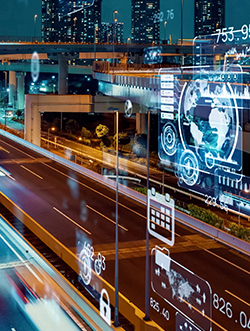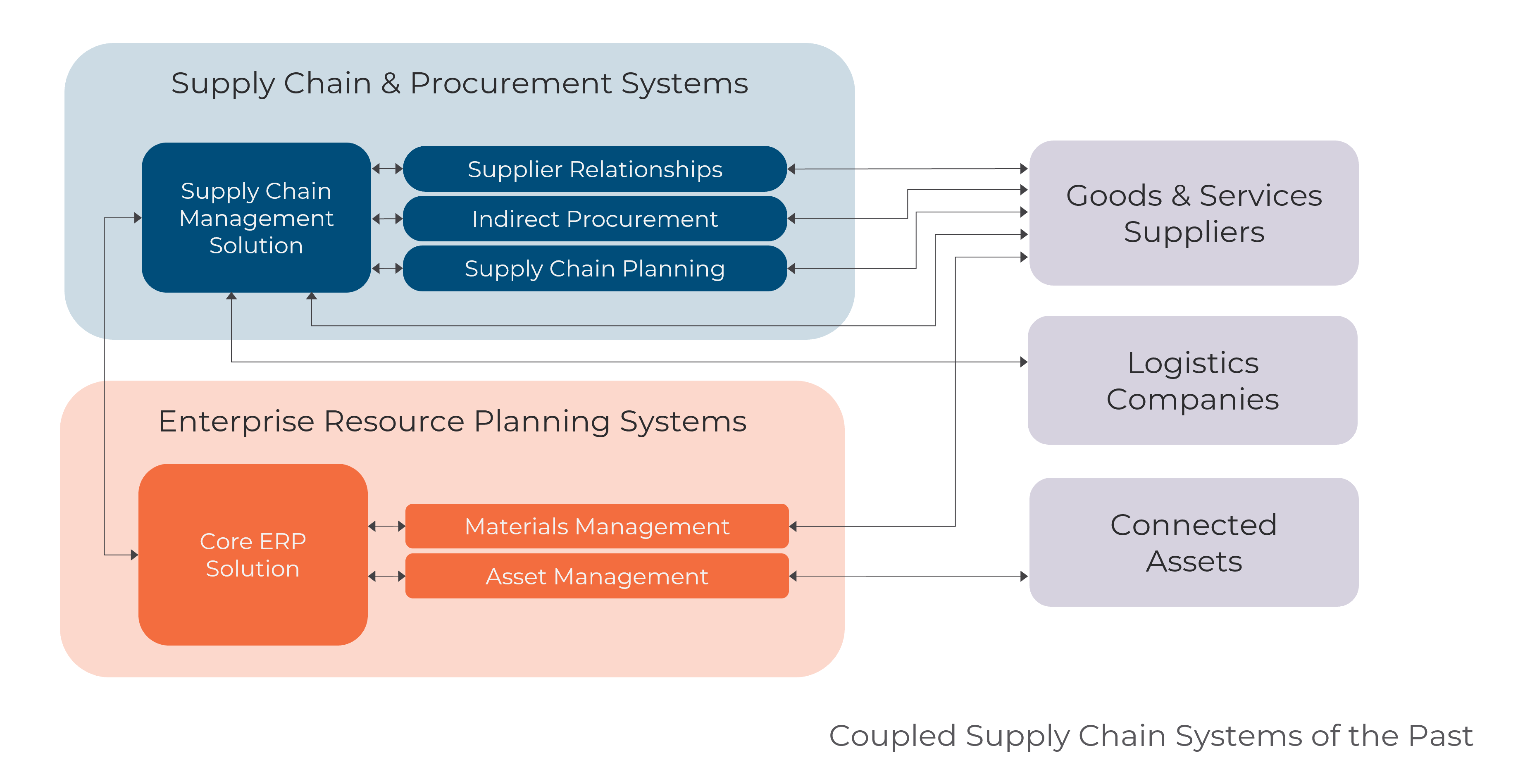The Silent Revolution in Enterprise
Supply Chain Collaboration
By: Bernd Baier, Alexander Paulus

We often do not fully recognize how subtle changes can shift paradigms over a longer period of time. Supply chains have been in the spotlight since COVID, providing an opportunity to shine a light on how many small changes and developments over time have silently and fundamentally changed the way supply chain systems are operated.
Global supply chains have been on the top of consumers’ minds and, more so, a significant headache for producers, especially since the recent disruptions. Supply chain issues may not be temporary but rather systematic and more permanent than many anticipated. The pandemic accelerated the underlying trend of low global reliability and demonstrated the fragility of always-available, just-in-time supply chains.
So how do organizations’ IT systems, solutions, networks, and digital processes cope with and manage supply chains today, and how did we wind up here, where supply chains are driven by collaboration? This article looks closely at supply chain systems through the lens of the world’s largest enterprise resource company, SAP SE. We explain how supply chain solutions quietly evolved from loosely coupled supply-chain-related solutions into an integrated ecosystem of solutions for supply chain collaboration.
Supply chain basics
Before we dive into the different aspects of an agile, adaptive, collaborative, and fully integrated digital supply chain collaborative system, here is a brief overview of the basics of supply chains and how the different components fit together.
Supply chains are generally defined as the end-to-end processes of producing products and distributing them to the final buyer. They involve a network of entities, people, information, resources, and functions.
Procurement is acquiring the supplies needed to run the business operation. Procurement is typically categorized into direct and indirect spend. Direct spend relates to acquiring everything directly related to producing goods and services, often also referred to as core supplies. Conversely, indirect spending covers expenses associated with running the business, such as materials, maintenance, services, repairs, and operations. With that, procurement is a subset of the supply chain.
The past: coupled supply chain systems
SAP has been leading the business software domain for the last 50 years with no end in sight. While the company itself only generated a modest €27.8 billion annual revenue in 2021, the total SAP ecosystem is anticipated to generate $90 billion




















